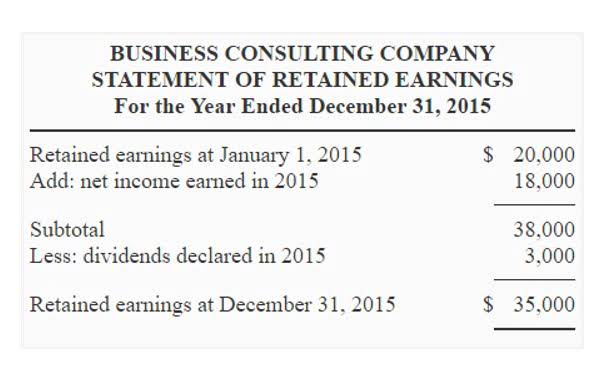
Where appropriate, the firm should provide a footnote to explain the nature of the gain or loss. If phaseout is completed in the same https://www.bookstime.com/articles/purchases-journal year as the decision date, the discontinuation gain/loss is the sum of the two components. If it is not completed, the rules become more complex, as described in the below example. In these two cases, the affected productive assets (that is, the machinery to produce vehicles and the aircraft) would not be separable but would remain available for other purposes.
Relationship between Financial Statements
Single-step income statement – the single step statement only shows one category of income and one category of expenses. This format is less useful of external users because they can’t calculate many efficiency and profitability ratios with this limited data. It’s important to note that there are several different types of income statements that are created for different reasons.
- This reflects the cost of the wear and tear of assets used in production, helping companies assess their operational performance and make informed decisions about asset management and investment strategies.
- Operating income is calculated by subtracting operating expenses from the gross profit.
- You’ll take the numbers from your diverse streams—be it sales, services, rent, or other specific revenues—and add them together.
- These expenses cover the areas of sales, marketing, IT, risk management, human resources, accounting, and finance.
- Under this approach, for example, a manufacturer would record revenue upon the completion of each product, despite no buyers offering to acquire it.
Example of a Single-Step Income Statement

He is a CFA charterholder as well as holding FINRA Series 7, 55 & 63 licenses. He currently researches and teaches economic sociology and the social studies of how is sales tax calculated finance at the Hebrew University in Jerusalem. Imagine replacing the manual brinkmanship of data entry with a system that interprets your numbers, categorizes them, and even flags any inconsistencies for your review.

Earnings per share
- Revenue realized through primary activities is often referred to as operating revenue.
- The company also realized net gains of $2,000 from the sale of an old van, and incurred losses worth $800 for settling a dispute raised by a consumer.
- Calculating the Cost of Goods Sold (COGS) is akin to examining what it truly costs to put your product or service into the hands of customers.
- You’ll often need to subtract returns, refunds, or discounts given to customers.
- Depreciation is a fundamental concept in accounting, reflecting the allocation of an asset’s cost over its useful life.
- Aggregate all of the expense line items below the cost of goods sold in the trial balance, and insert the result into the selling, general and administrative expenses line item in the income statement.
This means that income (including revenue) is recognized when it is earned rather than when receipts are realized (although in many instances income may be earned and received in the same accounting period). The multiple-step format contains several subgroups of revenues, expenses, and a separate section for ordinary gains and losses. The fundamental approach used in the pronouncements sees all gains and losses appear on the income statement. Income Taxes normally stay after the interest expenses in the income statement. The corporate tax rate is the difference from one country to another, and it might also differ from one industry to another in the same country. Any residual income after dividends are paid is added to the company’s Retained Earnings in the Balance Sheet.


While an agreement exists on when to report gains and losses and the amount to report, two opposing positions offer the best method of presenting them to statement readers. The gains and losses are recorded as the net change rather than the gross increase and decrease in owners’ equity. Consequently, accountants attempt to discover if revenue and expenses share a connection. Expenses represent the gross decreases in income statement accounts owners’ equity caused by operating events. Two variations of cash accounting occur where the buyer’s performance encompasses a series of payments that extend beyond the end of the present period, and high uncertainty surrounds that performance.

See profit at a glance
Other ordinary items include the results of events or situations that cannot be classified as operating or extraordinary. Whether each item is reported separately generally depends upon its materiality. The heading of the income statement identifies the entity, presents the title of the income statement, and shows the period covered by the report. Determining causality when reporting the expenses in the period allows the recognition of revenue. Income tax returns accept several variations of cash accounting (including the installment method), meaning smaller firms frequently use them for reporting to their owners and creditors.
